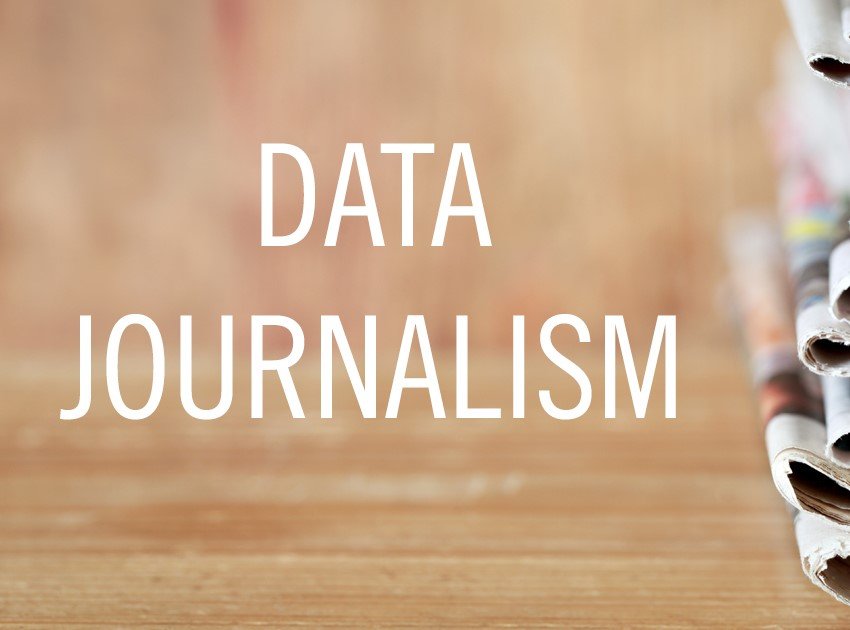Data Journalism
Studying data journalism course typically has several key objectives: By achieving these objectives, you can become adept at transforming raw data into insightful stories that inform and engage the public.
Overview
Studying data journalism course typically has several key objectives:
- Understanding Data Sources: Learn how to identify, access, and evaluate various data sources, including public datasets, APIs, and web scraping.
- Data Analysis Skills: Develop skills in analyzing and interpreting data using tools like Excel, SQL, or programming languages like Python or R.
- Visualization Techniques: Gain proficiency in creating effective data visualizations to convey complex information clearly and engagingly.
- Storytelling with Data: Learn how to weave data into compelling narratives that resonate with audiences, enhancing traditional journalism.
- Critical Thinking: Foster the ability to critically assess data quality, validity, and relevance, recognizing biases and limitations.
- Ethics and Responsibility: Understand the ethical considerations in data journalism, including issues of privacy, accuracy, and representation.
- Collaboration and Communication: Develop skills to work collaboratively with data scientists, designers, and other journalists, communicating findings effectively.
- Technical Proficiency: Acquire technical skills relevant to data journalism, such as coding, statistical analysis, and using data visualization software.
By achieving these objectives, you can become adept at transforming raw data into insightful stories that inform and engage the public.



